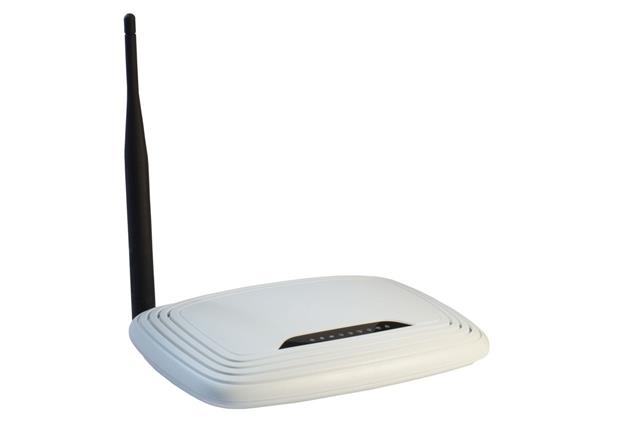
In this age of Information, various technologies are available to access the Internet, fast and uninterrupted. 3G and Wi-Fi add to this list. The write-up highlights some differentiation points between the two in detail.
Due to several advancements in Internet and telecommunication technologies, there are many modern features and facilities that are made available for laptop and mobile phone users. The use of wireless systems is on an increase for fast-paced communication, data transfer, and other online processes. Two of the primary technologies are 3G, also referred to as 3rd Generation and Wi-Fi, also known as Wireless Fidelity. Both these technologies render wireless Internet access and services to users, and can be used on devices such as laptop computers, smartphones, PDAs, and other entertainment gadgets.
What is 3G
3G i.e., Third Generation telecommunication standard for mobiles complies to the standards of IMT-2000. Its first commercial launch was in the year 2001 by NTT DoCoMo in Japan. 3G is largely used on mobile phones for purposes such as watching mobile TV, videos on demand, video calls and conferencing, etc. The activation of 3G services depends on the service provider.
What is Wi-Fi
Wi-Fi technology, also known as 802.11 standard, allows transfer of data in any form to the other devices over the network or Internet, without any physical medium. Wi-Fi is also a wireless access standard which is used in laptop computers and smartphones with Wi-Fi facility. Wi-Fi web connection depends on the hotspots with wireless routers for Internet access within a particular range. In 1991, the technology was put to commercial use by AT&T by using it in cashier systems.
The Differences
Functioning
3G is completely provided by the service provider, whereas Wi-Fi access can be controlled by a Wi-Fi router located in a specific range from the access point. For availing Wi-Fi facility, one will have to visit a hotspot which provides a Wi-Fi zone. Today, most malls, cafes, and major streets have Wi-Fi routers for quick Internet access. For availing 3G, one needs to get in touch with one’s service provider.
Signal
The 3G technology scores well over Wi-Fi with regards to signal. Since it depends on the mobile service provider, one will receive strong signals as long as one is in the network range. In case of Wi-Fi, one will be able to receive strong signals only within the range of the router situated in the hotspot.
Speed
When it comes to the speed of both these technologies, Wi-Fi is faster as compared to 3G. The maximum speed of the ‘N’ standard of the latest Wi-Fi technology is reported to be 600 mbps. The data transfer speed in 3G technology differs according to the kind of device and also whether it is stationary or in motion. The maximum speed on a fixed wireless LAN is considered to be more than 2.05 mbps. However, if the reception is to be initiated on a cell phone in a moving vehicle, the speed can drop down to 128 kbps.
Cost
The cost of 3G access depends on the plan one chooses from the service provider. When it is regarding availing Wi-Fi facilities, one might have to pay the owners of the hotspots. Wi-Fi at some hotspots is free, while others may charge a certain amount. Users of the Wi-Fi facility at hotels and cafes can either pay using a credit card on a payment page hosted by appropriate authorities, or can pay in cash for getting the network access code. Some hotspots are even code free, and one can directly access the web without the access password.
Security
In terms of security, Wi-Fi is more vulnerable to fresh attacks due to its wireless nature. However, by restricting the computers that access the Wi-Fi network, one’s network can be secured. On the other hand, 3G networks are more secured as they are directly linked to the service provider. They use ciphers for protection like the KASUMI block cipher.
Mobility
3G being provided by the service provider has better mobility because it can be used wherever the service provider has coverage. On the other hand, Wi-Fi mobility is limited due to its restriction to the vicinity to hotspots.
Power Consumption
3G uses more power, almost four to five times more power per byte than Wi-Fi. This makes 3G usage on the cellphones not viable when accessing large chunks of data, as one is bound to lose battery power. On the other hand, Wi-Fi has the advantage of being used indoors as well, making it the better option for accessing large chunks of data.
Bandwidth
Wi-Fi offers a larger bandwidth than 3G, making it more stable in terms of its speed. Due to its relatively smaller bandwidth, 3G speeds generally fluctuate. These fluctuations can make user experience bad.
Accessories
3G technology comes as an inbuilt feature in the PDAs or smartphones, but the case is not true with Wi-Fi. For using Wi-Fi, one has to have wireless access point (WAP) devices that allow other computers and phones to connect to the Internet vis the Wi-Fi. This makes Wi-Fi enabled devices, more stationary.
Uses
3G enabled phones can be used in the same manner the ordinary phones are used, with the added advantage of video and voice content transmission. On the other hand, Wi-Fi connects faster to the Internet and also to the other computers in the network, making it faster than the Bluetooth technology.
This is some general information on 3G vs. Wi-Fi. When it comes to 3G and Wi-Fi, one needs to choose the technology according to one’s needs.





